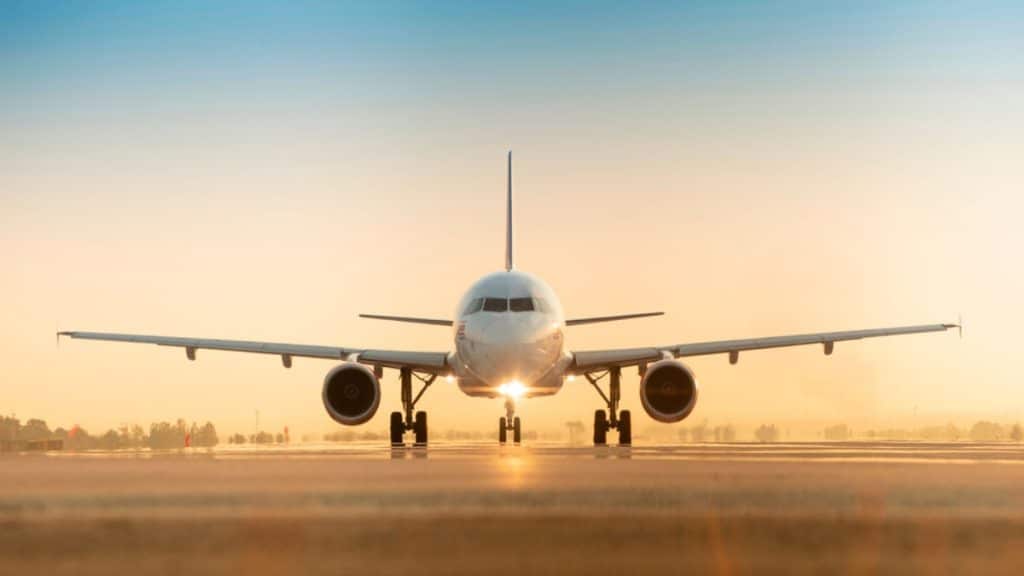Aviation is the safest form of transportation because of rigorous regulations, increasingly advanced and automated aircraft technology, continuously improving pilot training, and mandatory safety management systems; all are required by airworthiness authorities. To summarize:
1. Aviation Regulations: The aviation industry is highly regulated by national and international authorities such as the Federal Aviation Administration (FAA) and International Civil Aviation Organization (ICAO, and European Aviation Safety Agency (EASA). Their aviation regulations cover all aspects of aviation pertaining to safety, including aircraft design and maintenance, pilot training, air traffic control; these activities enforce the highest safety standards of aviation. New regulations such as AMC 20-152A for avionics hardware and ARP4754B for aircraft/systems designs further promote such safety. ARP4754B updates the venerable ARP4754A, while A(M)C 20-152A is the latest interpretation of DO-254; both are mandatory for all new commercial aircraft and avionics systems.
2. Aircraft Technology: Modern aircraft are equipped with the latest and continuously improving safety electronics including collision prevention, AI flight planning, ground avoidance, weather radar, advanced avionics, navigation systems, and enhanced safety capabilities such as collision avoidance systems and autopilot which are all certified to ARP4754A/B and AC 20-152A. These continuously improving and automated technological advancements continue to enhance aviation safety.
3. Pilot Training – Continuous and extensive pilot training is required, with all pilots having to regularly undergo recurrent training to retain their abilities. Airlines have strict training, hiring, and mental evaluation criteria to ensure that only the most qualified pilots are flying.
4. Aviation Safety Management Systems: Airlines and aircraft have robust safety management systems including ARP4761A (aircraft/aviation safety assessments) to identify and mitigate risks before they escalate. These systems include engineering safety assessment, safety reporting systems for incidents and near-misses, as well as regular safety audits to ensure compliance with safety standards such as ARP4761A.
In conclusion, the safety of aviation is a result of a multi-faceted approach that combines regulations, technology, pilot training, and safety assessment/management systems. This comprehensive approach has made air travel the single safest mode of transportation in the world. What is safer than flying? Easy: stay home and avoid earthquakes, fires, and pestilence. Otherwise, simply Fly.


